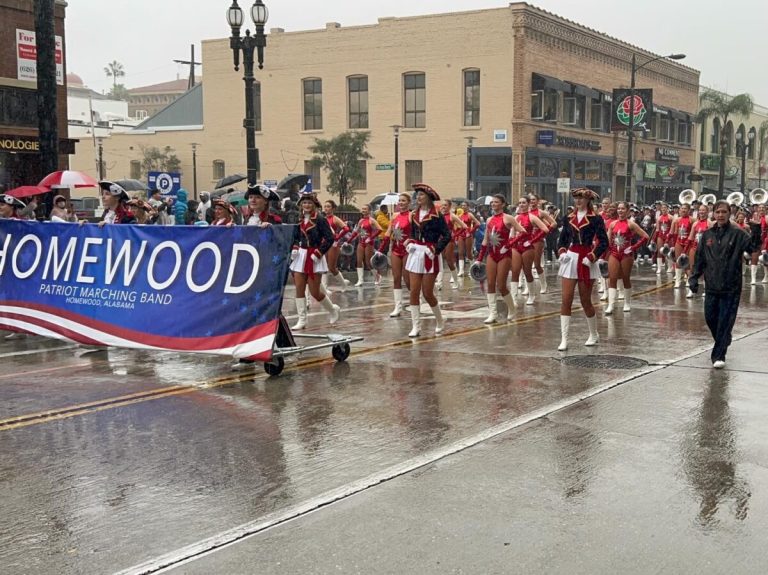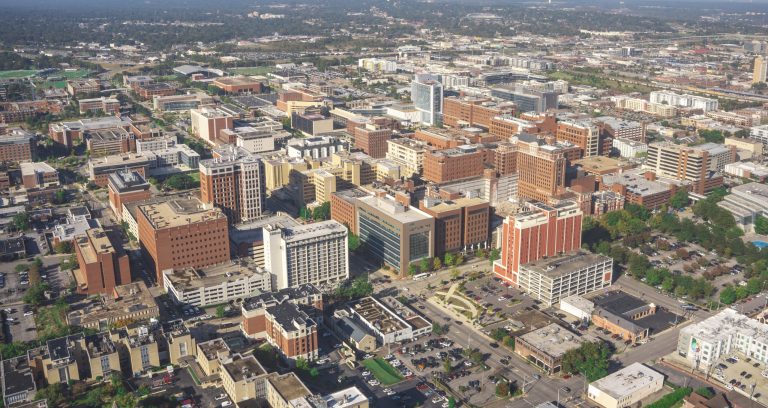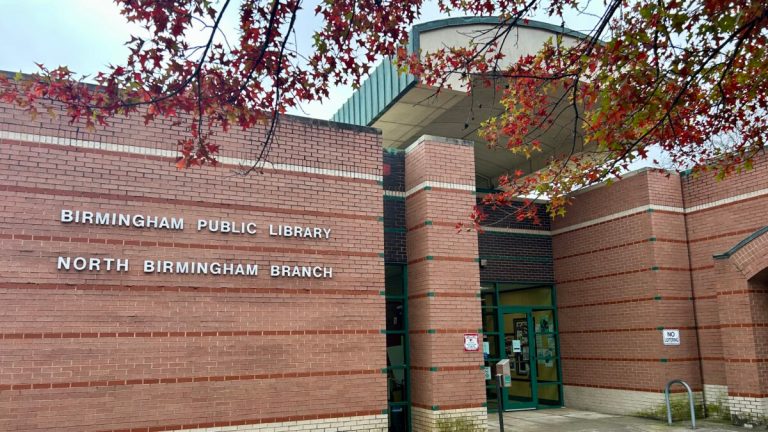Little River Canyon National Preserve – Alabama’s most visited National Park
Reading time: 4 minutes
Sponsored

This upcoming Saturday, October 21st, people throughout the South will travel to Little River Canyon National Preserve to celebrate the 25th Anniversary of the park.
Recognized as the deepest canyon east of the Mississippi, Little River Canyon National Preserve is a natural wonder. But before it became part of the National Park System in 1992, the area was much different than it is today.
139 cars
Back in the 70s and 80s, the canyon was used as a dumping ground for abandoned and stolen vehicles. In the mid-80s the Alabama State Parks and the National Guard teamed up to remove cars from the canyon. Over a five year span, they got rid of 139 automobiles. The last ones were dramatically taken out by a Chinook helicopter with seven crew members.

No easy task, the removal of the 139 cars from the canyon eliminated a significant liability when the area was up for consideration to become a National Preserve.
Pete Conroy, who now works at Jacksonville State University and serves as Director of the Little River Canyon Center, was asked to testify before the U.S. House and Senate to create the Preserve back in 1991. He recalled, “With community leaders like State Park Superintendent Talmadge Butler leading the way, the cars and the garbage came out of the canyon and allowed for hope , vision and opportunity to fill in.”


Safety concerns
Along with being infamous as a place where people would crash abandoned and stolen cars into the canyon, there were also safety concerns, a lack of law enforcement and even drug dealing in the remote areas. According to local sources familiar with the Little River Canyon area at the time, the area’s inaccessibility to the public made it a target for crime.
National attention: The country music group Alabama
Despite, concerns about safety, Little River Canyon found a champion in local country music star Randy Owen. Owen’s hit single, “Pass It On Down,”, which hit #3 on the U.S. Country music charts, passionately describes Owen’s childhood memories swimming and playing in the Canyon and the importance of keeping the water clean.
Congressman Bevill
Shortly thereafter, local Congressman Tom Bevill introduced legislation creating Little River Canyon National Preserve. News of a potential National Park did not sit well with some in the community. Anti- federal government sentiment ran high, false rumors that the National Park Service would “take” people’s property was rampant. Whipped into a frenzy, Congressman Bevill was hung in effigy at a gas station outside the proposed park. Even hometown hero Randy Owen’s family and property were threatened.

Unmoved by the intimidation, Rep. Bevill and park allies held firm. Bevill welcomed the support of Senator Richard Shelby. Jacksonville State University developed additional partnerships. Supporters ranging from Alabama Power to the Birmingham Audubon Society united. The community rallied. And in October of 1992 Little River Canyon National Preserve became law.
Success Story
Since its passage, the state of the art Canyon Center was built housing the National Park Service and Jacksonville State University. Crime in the area has demonstratively decreased and the National Preserve is attracting nearly 500,000 visitors a year.

Jim Rotch, a Dekalb County native, who has spent 45 years in Birmingham practicing corporate law with the Bradley law firm and his free time at his farm that adjoins the Preserve describes it best:
“The National Park Service has enhanced not only the natural beauty of Little River Canyon and the surrounding area it has greatly improved both the access to the canyon and the safety necessary to enjoy it.”
From 139 cars abandoned in the canyon to a treasured national park. What a difference Little River Canyon National Preserve has made over the past 25 years.

Celebrate with us this Saturday, October 21 at the Canyon Center.
Sponsored by:




